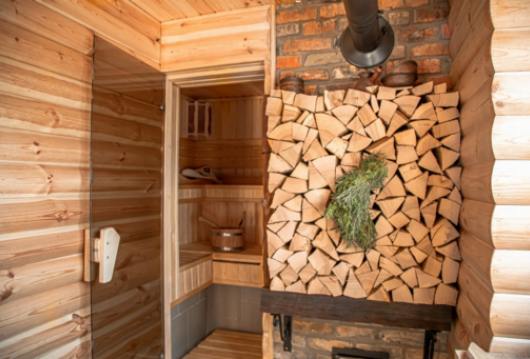Carbon Monoxide Awareness and Prevention
22 June 2025 by Mila R.Carbon monoxide poisoning is a serious risk when it comes to using wood-burning saunas. Proper ventilation and routine maintenance are essential to prevent carbon monoxide build-up and ensure the safety of sauna users. Recognizing the signs of carbon monoxide poisoning is crucial in order to take immediate action if necessary. These tips will help you stay informed and prepared to enjoy your sauna safely.

Tips for Proper Ventilation in Wood-Burning Saunas to Prevent Carbon Monoxide Build-Up
Proper ventilation is crucial in wood-burning saunas to prevent the build-up of carbon monoxide. Carbon monoxide is a colorless, odorless gas that can be deadly if inhaled in high concentrations. To ensure the safety of sauna users, it is important to follow these tips for proper ventilation:Install a chimney or vent: Wood-burning saunas should be equipped with a chimney or vent to allow for the release of smoke and carbon monoxide outside of the sauna. This helps to prevent the accumulation of harmful gases within the enclosed space.
Keep vents clear: Make sure that the vents in your sauna are clear of any obstructions, such as snow, debris, or animal nests. Blocked vents can prevent proper airflow and lead to a build-up of carbon monoxide.
Use a carbon monoxide detector: Installing a carbon monoxide detector in your sauna is a simple and effective way to monitor the levels of the gas in the air. If the detector goes off, it is important to evacuate the sauna immediately and seek fresh air.
Limit the amount of wood burned: Burning excessive amounts of wood in a sauna can produce higher levels of carbon monoxide. It is important to use only the amount of wood necessary to maintain a comfortable temperature.
Allow for adequate air circulation: Proper air circulation is essential in preventing the build-up of carbon monoxide. Make sure that there is a sufficient supply of fresh air entering the sauna, either through vents or an open door. By following these tips for proper ventilation in wood-burning saunas, you can help to prevent the dangerous build-up of carbon monoxide and ensure a safe and enjoyable sauna experience for all users.